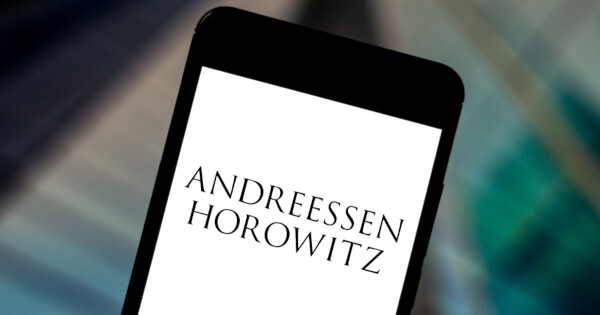Writing a follow-up email can be a crucial step in various professional and personal scenarios. According to Quillbot Blog, follow-up emails can help reinforce connections, remind recipients of previous interactions, and prompt necessary actions.
Why Follow-Up Emails Matter
Follow-up emails serve multiple purposes. They can act as gentle reminders, provide additional information, or simply express gratitude. In the business world, follow-up emails are often essential to maintain momentum in communications and ensure that important messages don’t get lost in the shuffle.
Key Elements of a Follow-Up Email
To craft an effective follow-up email, consider the following elements:
- Clear Subject Line: A concise and specific subject line ensures the email is opened and read.
- Professional Greeting: Use an appropriate greeting based on your relationship with the recipient.
- Purpose of the Email: Clearly state the reason for the follow-up in the opening paragraph.
- Relevant Details: Include any necessary information that supports the purpose of your email.
- Call to Action: Specify what you want the recipient to do next.
- Polite Closing: End with a courteous closing and your contact details.
Best Practices for Timing
The timing of a follow-up email can significantly impact its effectiveness. Sending it too soon may seem pushy, while waiting too long might result in the recipient forgetting the initial interaction. Quillbot Blog suggests sending follow-up emails within a week of the initial contact for optimal results.
Personalization and Tone
Personalizing your follow-up email can make a substantial difference. Addressing the recipient by name and referencing specific details from your previous interaction demonstrates attentiveness and respect. Additionally, maintaining a professional yet friendly tone can help in forging stronger connections.
Common Situations for Follow-Up Emails
There are several scenarios where follow-up emails are particularly useful:
- After a Job Interview: Expressing gratitude and reiterating interest in the position.
- Following a Meeting: Summarizing key points and outlining next steps.
- Post-Networking Events: Reconnecting with new contacts and exploring potential opportunities.
- After Sending a Proposal: Ensuring the recipient received the proposal and addressing any questions.
By understanding the importance and proper structure of follow-up emails, individuals can enhance their communication effectiveness and achieve their desired outcomes more efficiently.
Image source: Shutterstock
. . .
Tags
Credit: Source link






















